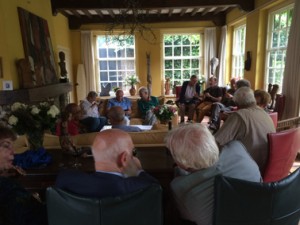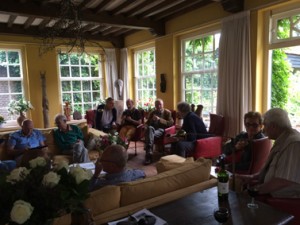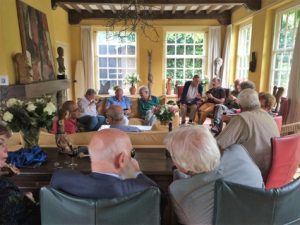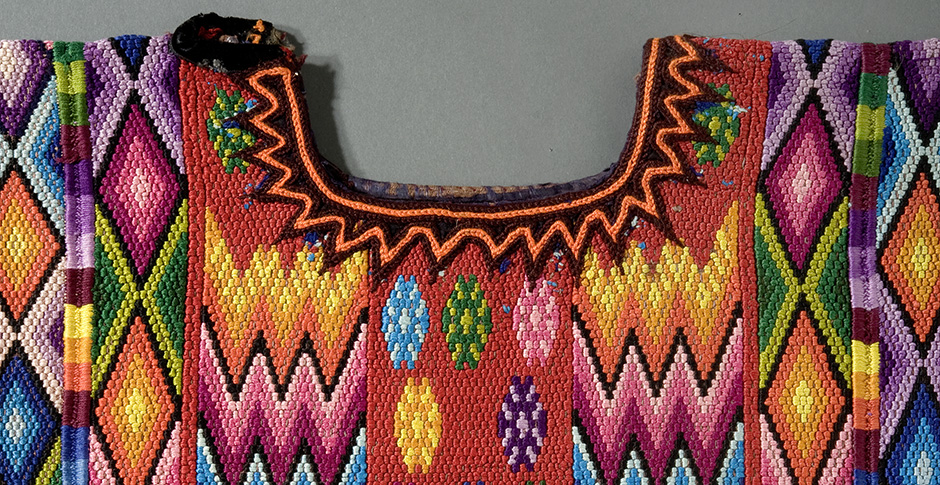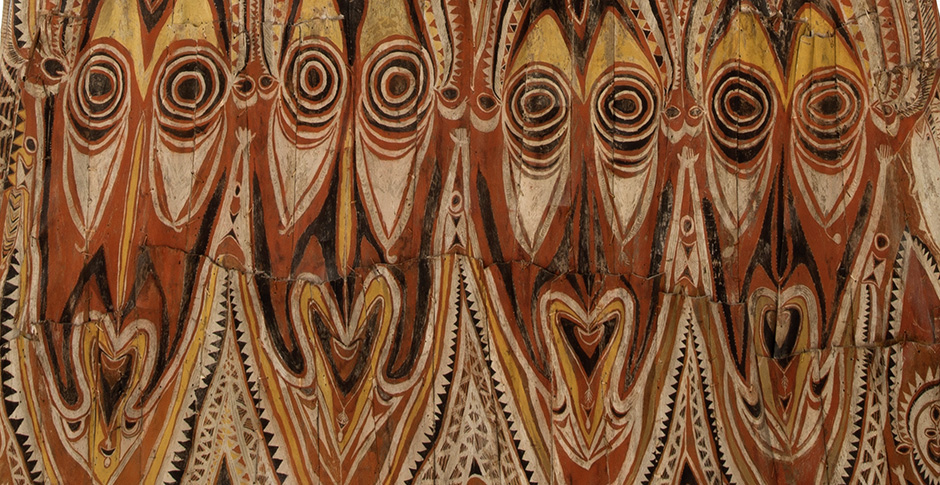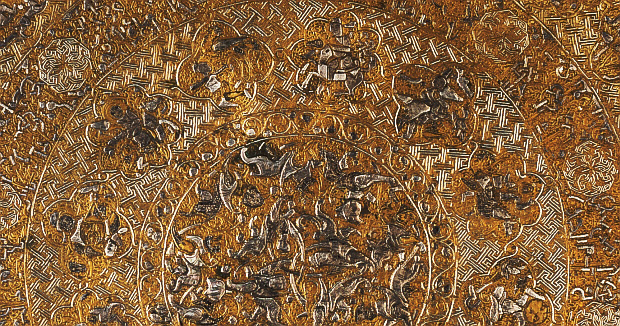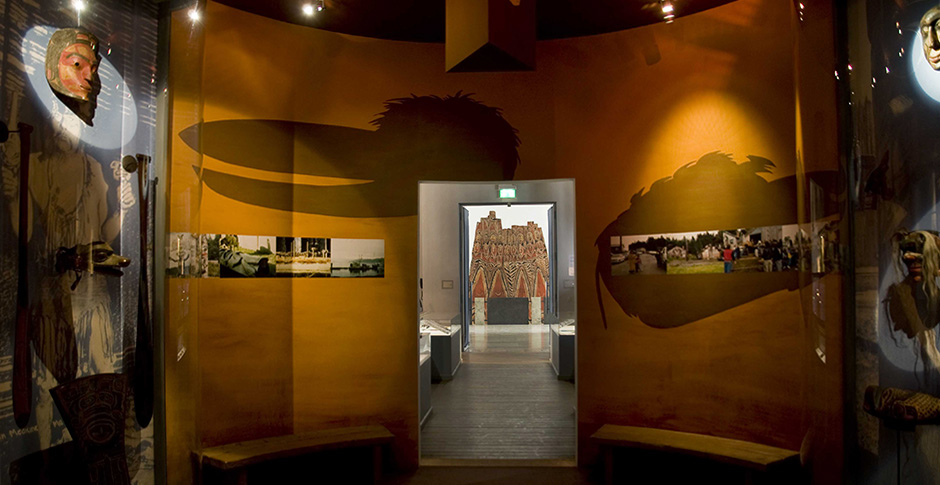| | London
results
Overview
This tightly curated auction features major paintings from the Estate of Gabrielle Pizzi, whose collection has been exhibited and published in Europe, Russia, The Middle East, Asia and Australia, including Dreamings at the Asia Society New York, Aratjara at the Hayward Gallery in London, and Genesis and Genius at the Art Gallery of New South Wales. Also included is the Fiona Brockhoff Collection, showcasing the finest early Aboriginal figurative sculptures ever to be offered at auction.
Spanning more than 200 years, the artworks vary from exceptional early artefacts, to contemporary art by current stars such as Tracey Moffatt, Emily Kngwarreye and Walimpirrnga Tjapaltjarri.


